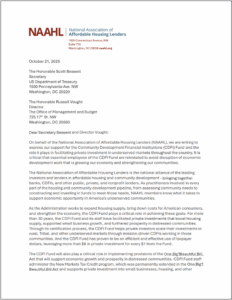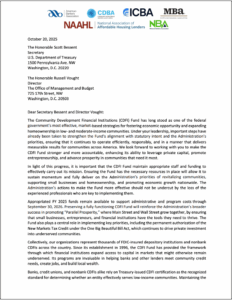Let me paint you a picture of what this means in practical terms. In Louisville, Kentucky, entrepreneurs who can’t get traditional bank loans turn to LHOME, a CDFI loan fund. “We work with those small businesses that are simply not in a position to go to traditional banks,” CEO Keith Talley told Marketplace. Usually, because of credit issues. “Service businesses, retail, restaurants, trucking firms. You name it and we’ll take a look at it.” LHOME’s story is mirrored here in Georgia, where dozens of CDFIs throughout the state are working under increasingly strained conditions.
Here’s what many people miss. It’s not just about the federal grants. Talley explains that CDFI certification itself opens doors: “That certification helps when we are applying for loans from other funders. They like knowing that there is a third party that’s making sure that we, as a CDFI, are lending in the neighborhoods and doing the type of lending that we said we were going to do.” Without that federal validation, raising capital for Louisville entrepreneurs gets exponentially harder.
In Native communities, where Pete Upton leads the Native CDFI Network, the stakes are even higher. “It would be devastating,” he told Marketplace. The Fund represents the only federal program designed specifically to support Native financial institutions serving tribal communities. Institutions that cater to Native borrowers’ needs in ways commercial banks simply won’t.
For the 750,000 federal workers on unpaid leave, credit unions are already stepping up. Valley Strong Credit Union rolled out 0% interest loans. AmeriCU offers penalty-free loan postponements, but these emergency measures address symptoms, not the disease. The deeper risk, as TurmaFinTech CEO Adam Turmakhan warned, is systemic: “Slashing capacity at key regulators will only leave more room for risk.” We saw what happened in 2023 with Silicon Valley Bank and Signature Bank. Now imagine that vulnerability spreading to institutions serving our most economically fragile communities.


